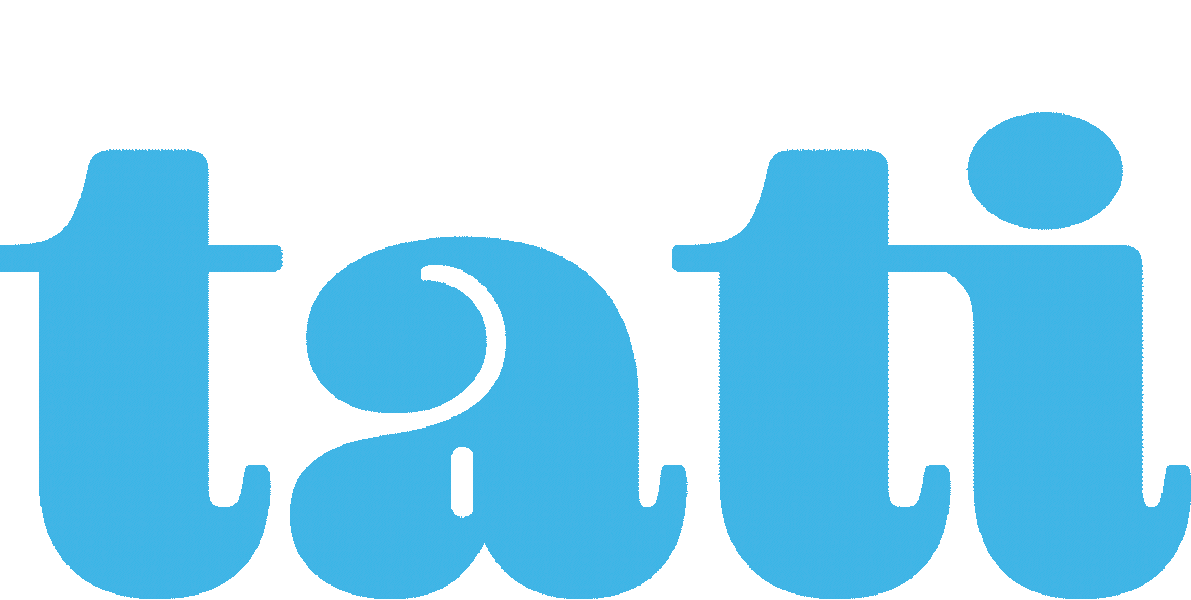PROJECT BRIEF
How can connective design improve balancing medication with daily life?
For this project, I explored the idea of connective design and creating a connected experience through Alexa, a mobile app, and other additional items. The main goal of this project was to create a product that could be used across various devices.
TIMELINE
PRESS RELEASE
Whether it be for yourself or a loved one, remembering to take your medication can be difficult with a time-consuming schedule. Young or old, making sure to take certain medications at certain times can help with avoiding life-threatening and developing health problems in the future. Made with all ages in mind, the connected experience of this application will help plan out when to take certain medications without the stress of missing out on your busy schedule.
Read the rest of the Pillster press release!
DESIGN PROCESS
When designing for Pillster, I primarily wanted to design for those with busy schedules where it becomes easy to forget what medications to take. As well as those who may have a child that has to take several medications, or are a caretaker.
One of the major solutions to this problem was having some type of physical reminder to remind those to take their medications for that day. Having some kind of watch that vibrates and utilizing Alexa skills to give reminders throughout the day will assist with this process.
COMPONENT TABLE
Component Table for Project
MULTI-MODAL
Multi-Modal Chart that describes each interaction
DESIGN FEEDBACK
For feedback, a primary critique was making sure that the application was color accessible and making the interface more simple for children. As well as readjusting button placement and adding more pages such as a calendar.
DEMONSTRATION
RETROSPECTIVE
What was most challenging about creating a connected UX product concept?
One of the most challenging parts of this project was honestly coming up with an idea that could be connective across several devices. I wanted to create something that unique, but also could be useful to a multitude of different users and not just one specific group. It was also difficult to create a product that was just the concept without thinking too hard on the engineering side.
What part of this project did you enjoy most? What part of this project did you enjoy least?
Once I was sold on a concept/idea, I thoroughly enjoyed creating the mobile application and finding innovative ways to have it work through several devices. For any project, I always enjoy the creative aspect of the project and I felt that is where my strengths shine through this project. In terms of the least favorite parts, I think just doing the research and just planning everything to get it done in time was challenging.
How was your creative process challenged by this project? What were the similarities in how you approached this project and other digital design projects? What were the differences?
Compared to other case studies and projects I have done in the past, my creative process was challenged to make sure I got so much work done in a small amount of time. My time management skills were challenged with the project but I feel that my product was still well made. In every project, there were similarities in conducting research and making sure that the designs were adaptive for each platform. In terms of differences, it felt like I was working backward at times where the idea came first, and then I started planning later.
What new challenges did you face when communicating and prototyping your connected UX product? How did you overcome them?
The biggest challenge during this project was just making sure that every device was connected in some way. Additionally, figuring out what additional devices should be connected to was also a challenge. I wanted the devices to all make sense together and not feel like separate items. One of the ways I combatted this was by requesting feedback from my peers and asking their opinions on what they think would interest them.
Between designing for digital and designing a connected experience, which do you prefer? Why?
Designing for a connected experience is a quintessential skill to have when it comes to working in UI/UX design, but I personally still prefer designing for digital. I feel that this could be designed for digital is more broad. I also think that it could be with connected design, if I had more time I would create a more in-depth product that could change my stance.
For this project, you had to simultaneously focus on an original concept, physical/digital interaction, and movie magic. How did you juggle those responsibilities? Which were your strengths? Which can you improve on, and how will you work on those areas of improvement in future projects?
During this project, I think one of my biggest downfalls with this assignment was my indecisiveness. I couldn't fully decide on who my audience was and I felt that caused me to delay on some parts of the projects. When it came to creating the press release and the video, I feel that this is where my strengths shined and showed my creative skills. In the future, I want to utilize feedback from my peers and such to stop issues like this.
